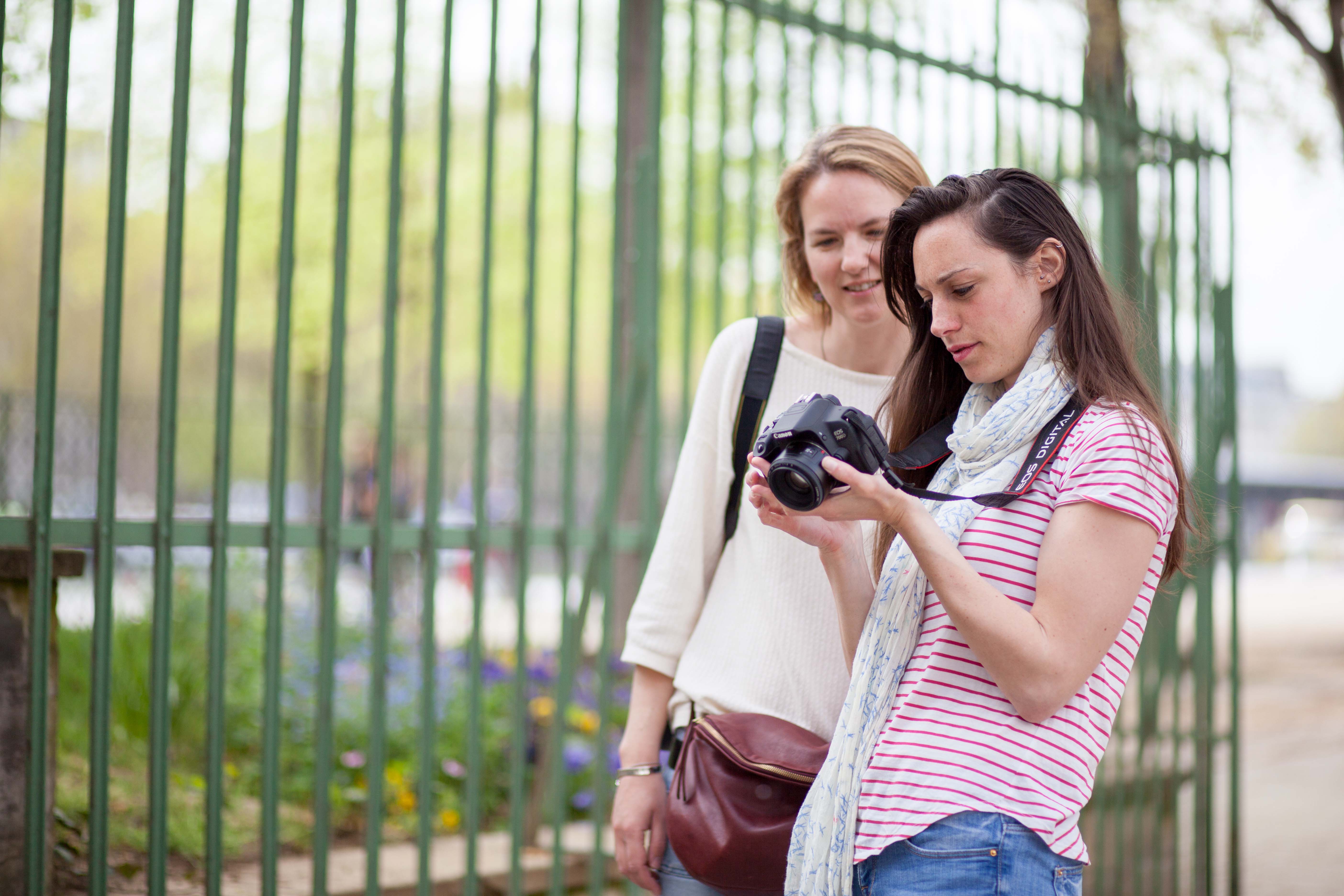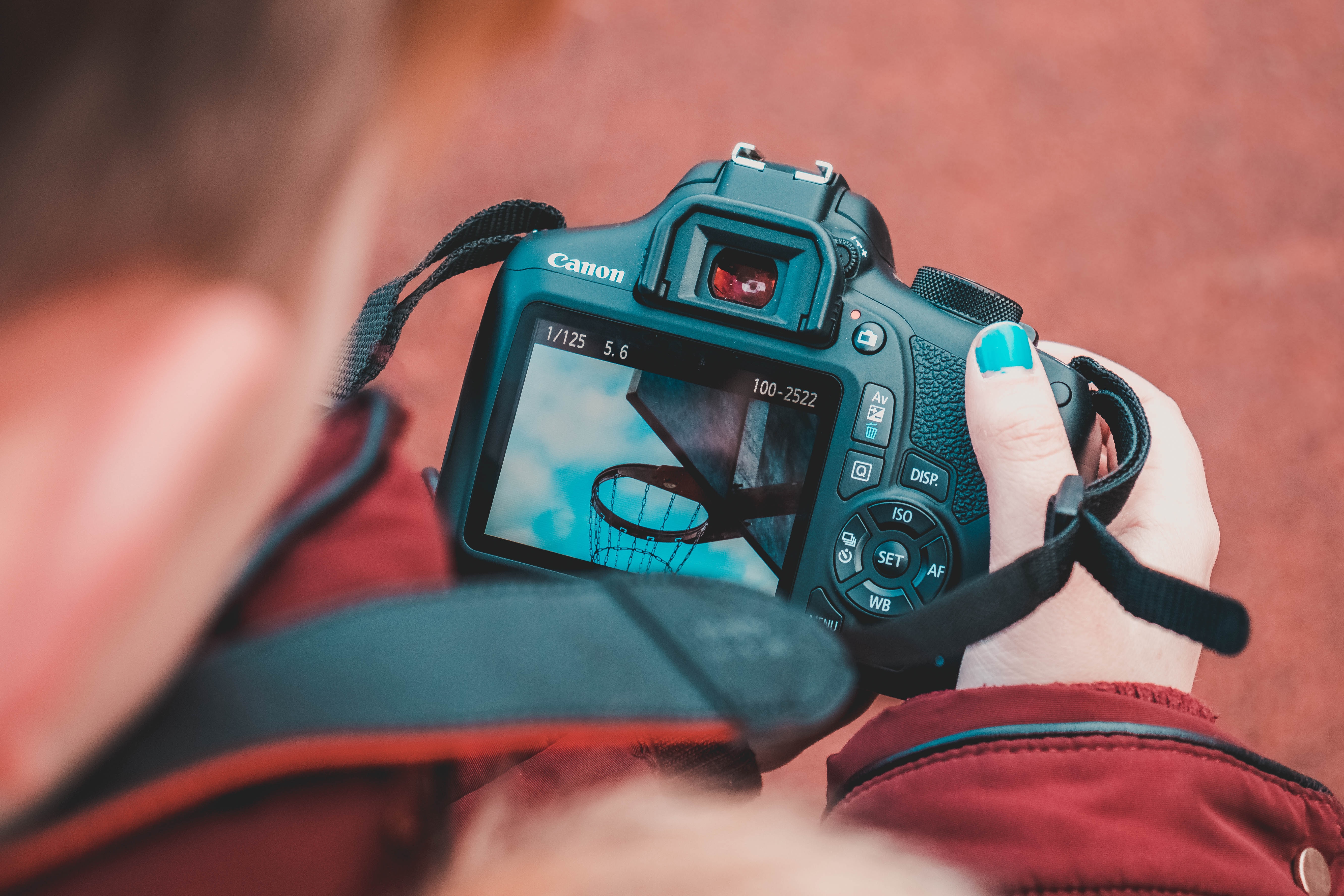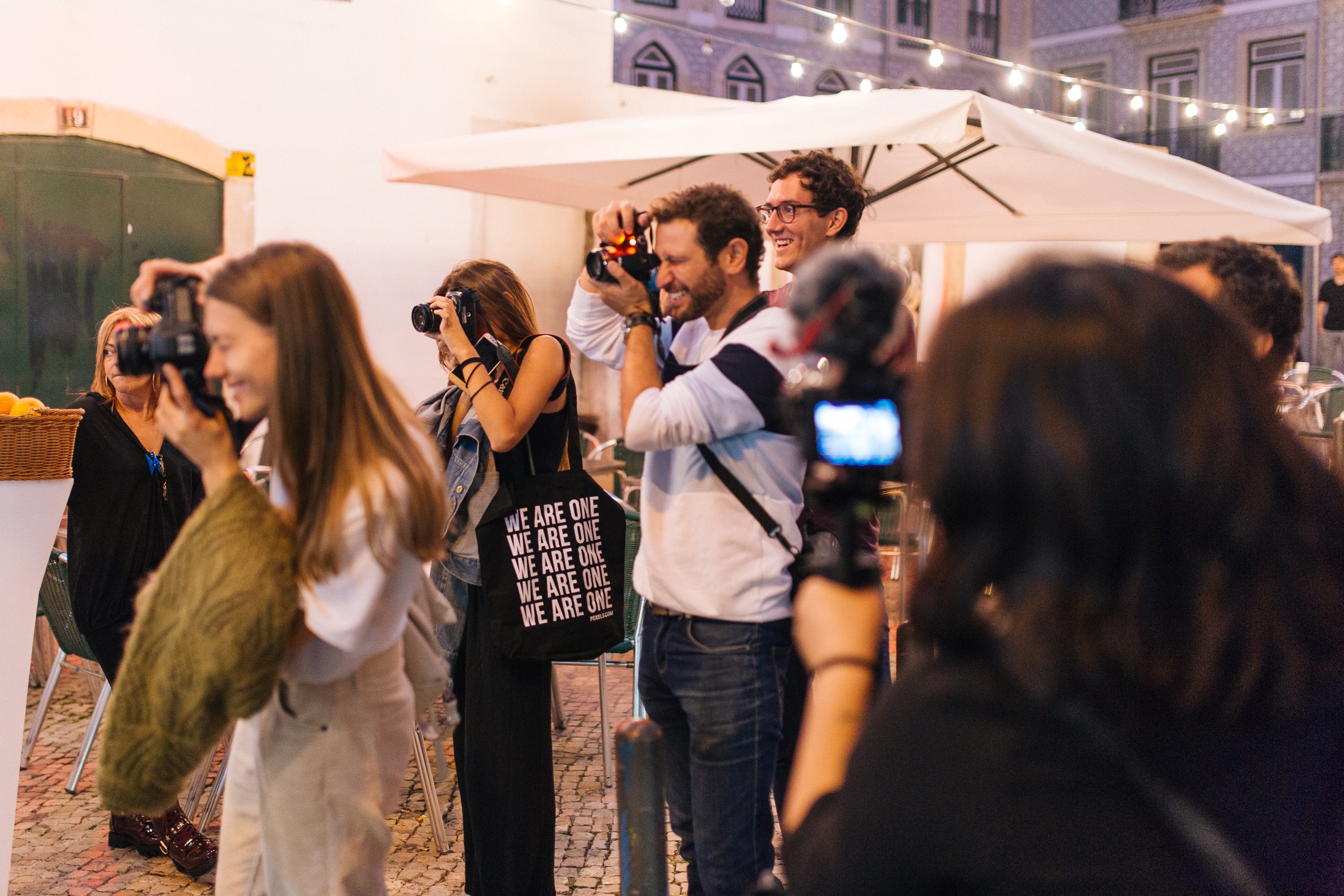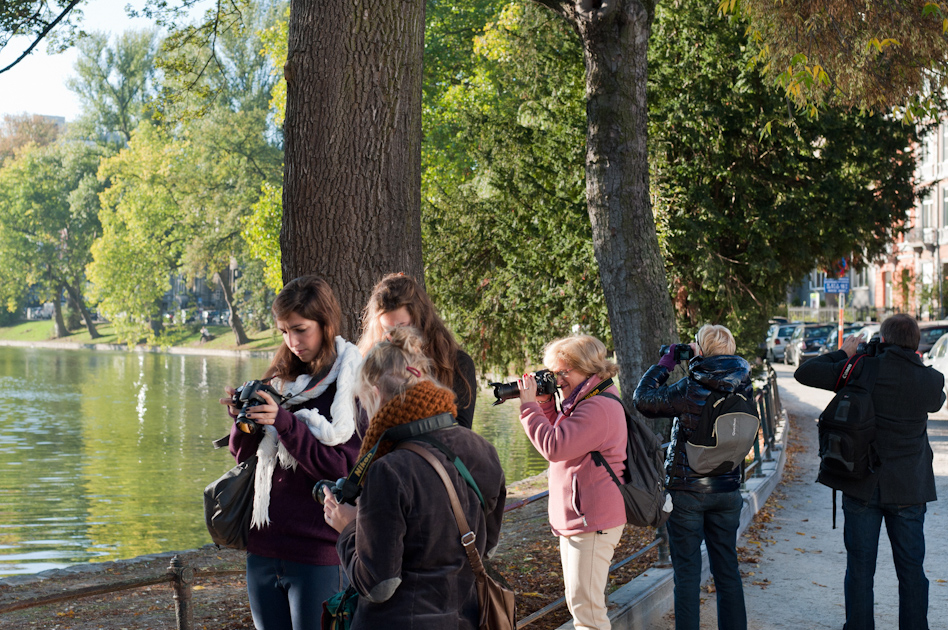14h
Photography courses -
Introductory courses for beginners (4 workshops)
Beginner: master your camera Packages of courses
We cover basic photographic techniques, and immediately apply them through practical exercises. We discuss the decisions one must make while shooting. At the end of this course, you’ll be in control of your camera, and it will no longer make the decisions for you. You can begin to create the images that you’ve been wanting to. You’ll stop “taking” photos, because now you’ll have all the tools to “make” a photo.
How it works?
- A summary of the notions covered in this course will be handed out at the end of each session. A “meeting form” with the exact meet-up location will be sent to enrolled participants a few days before
- The workshops are composed of a theoretical part, practical training and a debriefing.
- To get the most out of the experience, please respect the chronological order of the 4 workshops (i.e. take course No 1 first and couse No 4 last).






